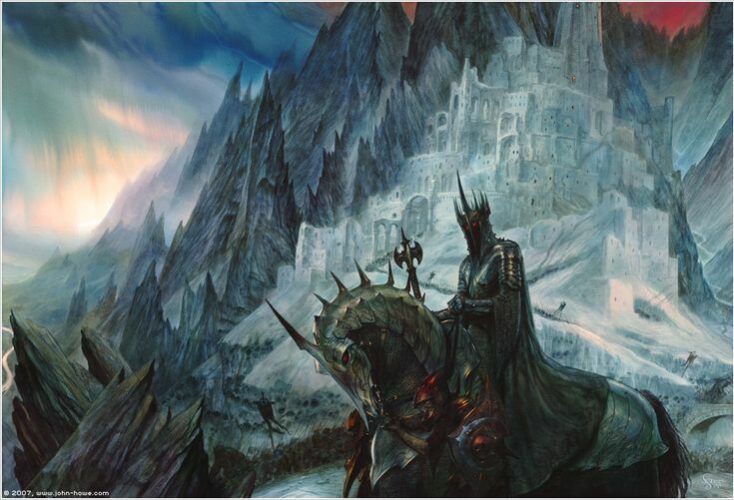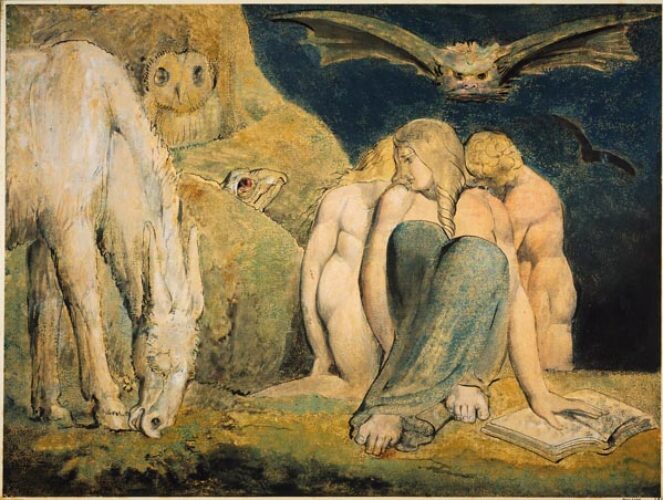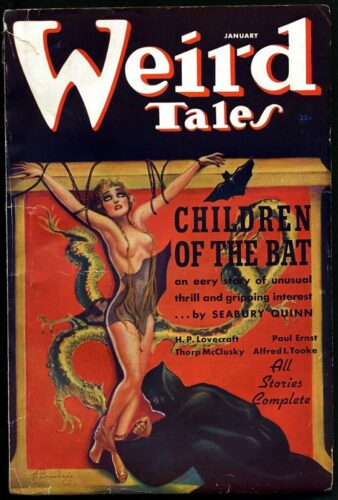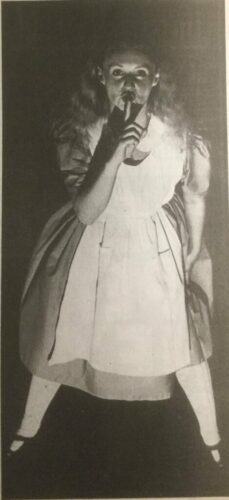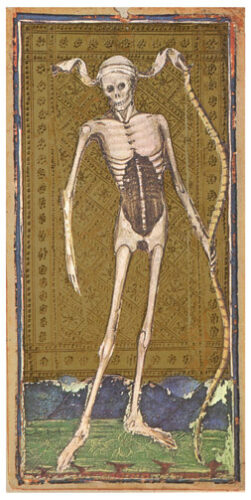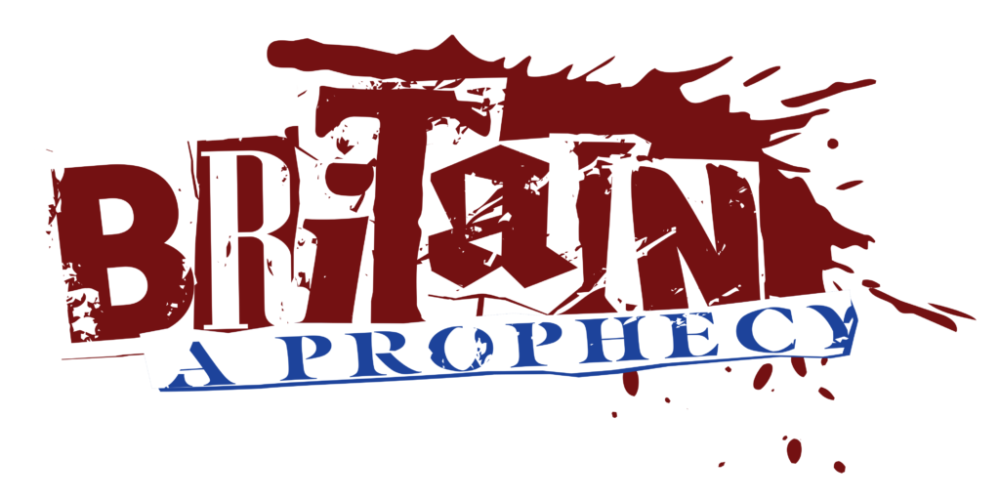Let Them Laugh (Book Three, Part Seventeen: Bill Finger, Tim Burton)
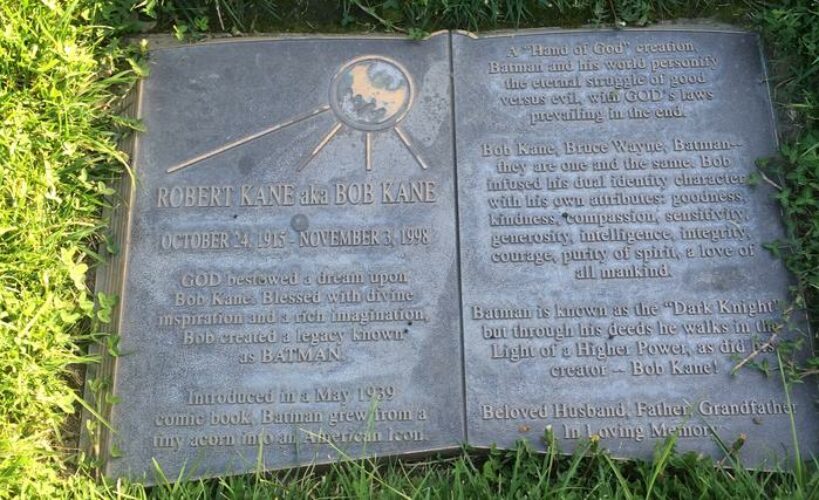
Previously in The Last War in Albion: Arkham Asylum was a hall of mirrors.
Why should I mind, Sam? Let them laugh. I am still their emperor. -Neil Gaiman, Sandman
When Batman pierces his hand to pull himself out of the trauma inflicted by the Joker he does so with a broken piece of mirror, while Arkham recounts his trauma in the funhouse hall of mirrors. And so the act of doubling is itself doubled. This approaches monstrosities far beyond those imagined by Borges, a point Arkham is aware of when he relates his nightmare “that the mirror people have escaped from the glass and come looking for me.” This, perhaps, is the dark and unspeakable inversion of Jung; that the Shadow might too need to confront the Self so that it can escape its bonds of repression.
Indeed, something very much like this happened. Arkham Asylum was not the book Morrison intended. Dave McKean did not draw the book Morrison wanted, not merely leaving out key elements of the symbolism but drawing a book whose starkly abstracted style was fundamentally incapable of communicating the sort of information Morrison wanted to communicate. The result is a bastard book, a monstrous thing that serves none of its creators’ purposes—a mirroring, as it were. But, of course, this is fitting for the book. Morrison’s point, after all, is that Batman finds himself reflected in the madmen within the asylum; that the implicate order of Batman means that truly understanding the Dark Knight requires understanding the madmen he fights. Surely a monstrous version of the book is, in some sense, its true form.
Indeed, in a very real sense Batman himself is a monstrous creation. The character was co-created by Bill Finger and Bob Kane. The latter, attempting to copy the success of Superman, drew a character to be called “The Bat-Man.” The original version featured a domino mask, literal bat-wings (although he was also swinging from a rope), and a costume design with large numbers of red highlights. Bill Finger, looking at the design, suggested the iconic cowl, the use of a cape, and removing the red elements of the costume, and also served as writer on the project, creating the name Bruce Wayne and Batman’s alter-ego, going on to write the debuts of Gotham City, the Batcave, the Batmobile, Robin, the Joker, Catwoman, the Riddler, the Penguin, Two-Face, Scarecrow, Mad Hatter, Clayface, and more.
It was, however, Bob Kane who brought the character to DC, and so Bob Kane that negotiated the deal that would put his name on every issue as the sole creator, even as within a year he’d hired multiple art assistants and, subsequently, artists to ghost his style entirely. Finger, meanwhile, was pushed out of the picture, with Kane angrily denouncing his claims of having helped created Batman as fraudulent and declaring that if Kane wanted to be more than an anonymous ghost writer he would need to become a leader, not a follower. Kane parlayed his official status as the sole creator of Batman into a sort of sub-Stan Lee existence as a celebrity, including a sideline as an artist producing “fine art” for galleries, or more accurately hiring ghost artists to do it in his name.…

